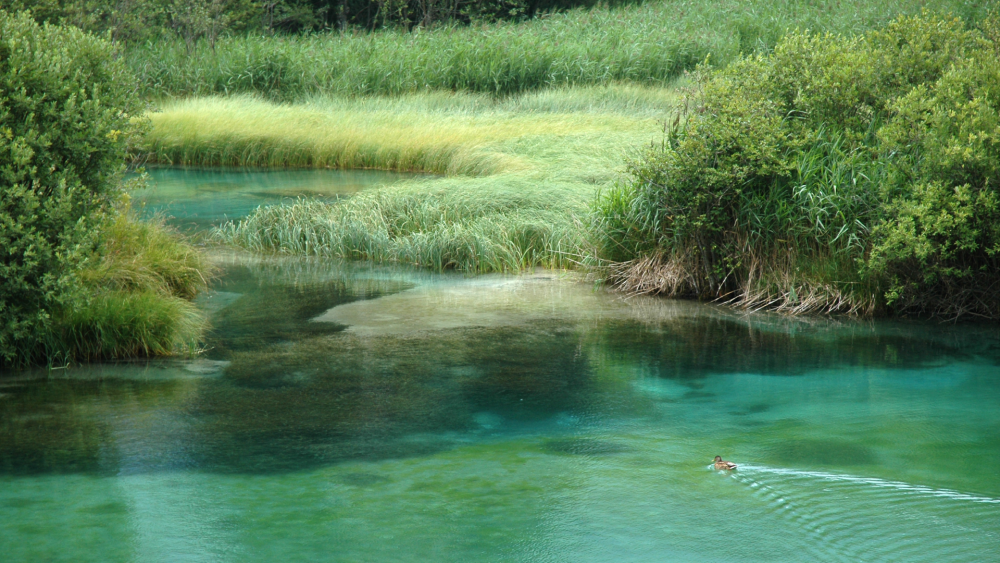The quantities of water on our planet are unimaginably vast – approximately 1.4 billion cubic kilometers. However, only 2.5% of this water is freshwater, which amounts to just 35 million cubic kilometers. Most of this freshwater is frozen in ice crystals or located deep underground. This means that only 1% of all freshwater resources is available in lakes, rivers, and underground sources just below the Earth’s surface.
Taking into account the United Nations population projection for the mid-21st century, which estimates 9.4 billion people by 2050, approximately 42% of the world’s population would live in areas with chronic water shortages or on the brink of scarcity. Currently, nearly 450 million people live in regions with water shortages.
The world’s population has tripled since the end of the previous century, while water consumption has increased tenfold during the same period. Most experts believe that it is possible to increase the available quantity of freshwater by about 10% through the construction of reservoirs. This is a relatively small amount considering the growing demands, but it is encouraging.
Slovenia also faces this issue, as there are already regions with water supply challenges. The construction of reservoirs serves multiple purposes, including:
- drinking water supply
- irrigation of agricultural lands
- flood protection
- hydropower
- sports and recreation
- conservation of natural habitats
- fish farming and
- tourism
In the future, it will still be necessary to build reservoirs to ensure a normal water supply, especially given the increasing global population and climate change. Out of the approximately 39,000 dams in the world, over half of them have been constructed in the last 35 years. Furthermore, 70% of all reservoirs primarily serve water supply purposes, providing drinking water and industrial process water. These reservoirs have become integral parts of public infrastructure and play a crucial role in ensuring essential living conditions while offering various additional benefits.
Irrigation is one of the largest consumers of water, accounting for three-quarters of the world’s total annual water consumption. To meet the needs of a growing population, the cultivated areas under irrigation must be increased by 3% each year. With increasing consumption, it will be necessary to provide additional water sources. Underground reservoirs are mostly already exploited, so the construction of new reservoirs is the only option to ensure sufficient water for irrigation.
Flood protection has always been one of the main reasons for building dams. Floods account for 40% of all natural disasters worldwide. Reservoirs have proven to be an effective measure in reducing the risk of catastrophic floods.
Hydropower is a significant contributor to Slovenia’s energy production, accounting for approximately 29% of the country’s electricity generation, including small hydropower plants, which amounts to around 3,600 GWh per year. Globally, hydropower represents 7% of the total energy produced. The amount of energy supplied daily by hydroelectric power plants can be compared to the equivalent of 9 million barrels of oil. If this much oil were burned, it would release approximately 970,000 tons of carbon dioxide into the atmosphere each year, along with other harmful gas emissions. Considering the available global hydropower potential, there is four times the economically exploitable capacity of the current production. Furthermore, the focus on multiple uses of hydropower facilities, and the fact that, unlike thermal power plants, most environmental costs are internalized, makes hydropower a renewable energy source with clear advantages over other forms of energy production. The primary considerations for building dams include water supply, irrigation, flood control, and hydropower generation. However, there are also other potential uses and activities that can be integrated alongside these primary functions. In recent times, there has been a trend towards achieving multiple purposes with reservoirs, including tourism and recreation, fishing and fish farming, navigation, and the development of public infrastructure. While these additional activities may have lesser economic significance in investment decisions, they can significantly contribute to the overall acceptability and value of such facilities within the local environment.


